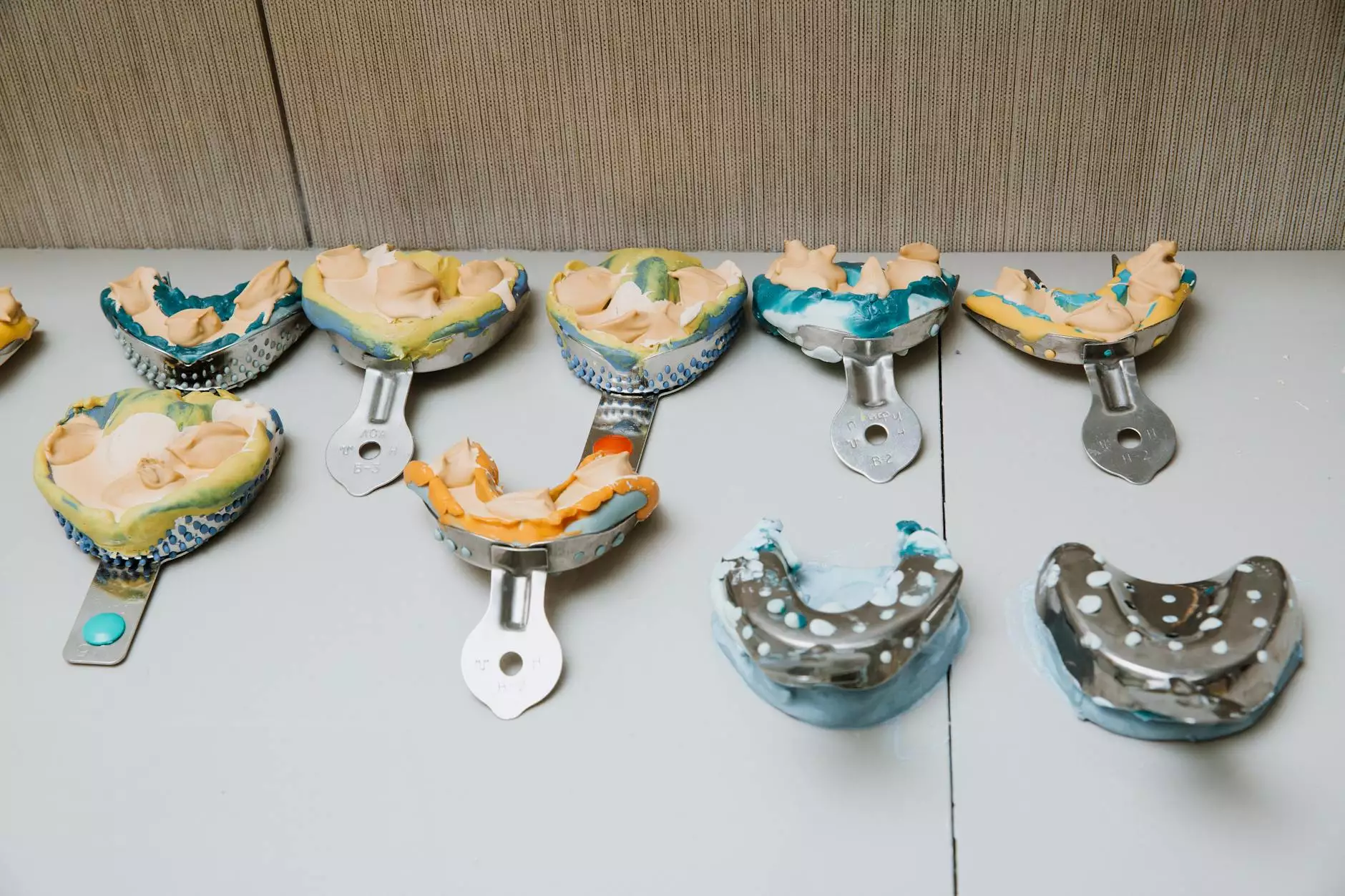Understanding and Treating Tarsal Tunnel Syndrome

Introduction
Tarsal Tunnel Syndrome, also known as TTS, is a condition that affects the foot and ankle. It occurs when the tibial nerve, which runs through the tarsal tunnel along the inner side of the ankle, becomes compressed or damaged. This compression can lead to various painful symptoms, such as numbness, tingling, and shooting pain in the affected area.
What Causes Tarsal Tunnel Syndrome?
Tarsal Tunnel Syndrome can be caused by several factors. One common cause is overpronation, which is when your foot rolls too far inward while walking or running. Other causes include ankle sprains, fractures, flat feet, systemic diseases like diabetes, and even the presence of cysts or tumors in the tarsal tunnel area.
Symptoms of Tarsal Tunnel Syndrome
The symptoms of Tarsal Tunnel Syndrome can vary from person to person, but they often include:
- Numbness or tingling sensation along the inner side of the ankle and foot
- Pain or aching in the arch of the foot
- Burning or shooting pain along the path of the tibial nerve
- Swelling around the ankle
- Difficulty walking or standing for long periods
- Weakness in the muscles of the foot
Treating Tarsal Tunnel Syndrome
If you suspect that you are experiencing Tarsal Tunnel Syndrome, it is important to consult with a qualified podiatrist who specializes in foot care, such as The Foot Practice.
Diagnosis
Your podiatrist will conduct a thorough examination of your foot and ankle, reviewing your medical history and discussing your symptoms. They may perform additional tests, such as nerve conduction studies or imaging scans, to confirm the diagnosis.
Conservative Treatments
For mild to moderate cases of Tarsal Tunnel Syndrome, conservative treatments are often recommended. These may include:
- Rest and avoiding activities that aggravate the symptoms
- Icing the affected area to reduce inflammation
- Physical therapy exercises to strengthen the muscles and improve foot mechanics
- Orthotic devices to provide support and improve foot alignment
- Nonsteroidal anti-inflammatory drugs (NSAIDs) to alleviate pain and reduce inflammation
Advanced Treatments
In more severe cases or when conservative treatments do not provide sufficient relief, advanced treatments may be necessary. These can include:
- Corticosteroid injections to reduce inflammation and alleviate pain
- Electrical nerve stimulation therapy to improve nerve function
- Laser therapy to promote healing and reduce pain
- Surgical decompression of the tarsal tunnel to relieve pressure on the nerve
Preventing Tarsal Tunnel Syndrome
While not all cases of Tarsal Tunnel Syndrome can be prevented, there are steps you can take to reduce your risk:
- Wear supportive shoes that fit properly and provide adequate arch support
- Avoid excessive weight gain or obesity, as it can increase pressure on the feet and ankles
- Maintain good posture and practice correct foot mechanics while walking or running
- Perform regular stretching exercises to keep the muscles and tendons in your feet flexible
- Avoid prolonged periods of standing or walking on hard surfaces
The Foot Practice: Your Trusted Podiatry Clinic
If you are experiencing symptoms of Tarsal Tunnel Syndrome or any other foot-related issues, the team of experienced podiatrists at The Foot Practice is here to help. With our specialization in foot care, we can provide an accurate diagnosis and create a personalized treatment plan to alleviate your pain and improve your overall foot health.
Contact The Foot Practice today to schedule a consultation and take the first step towards finding relief from tarsal tunnel syndrome.









